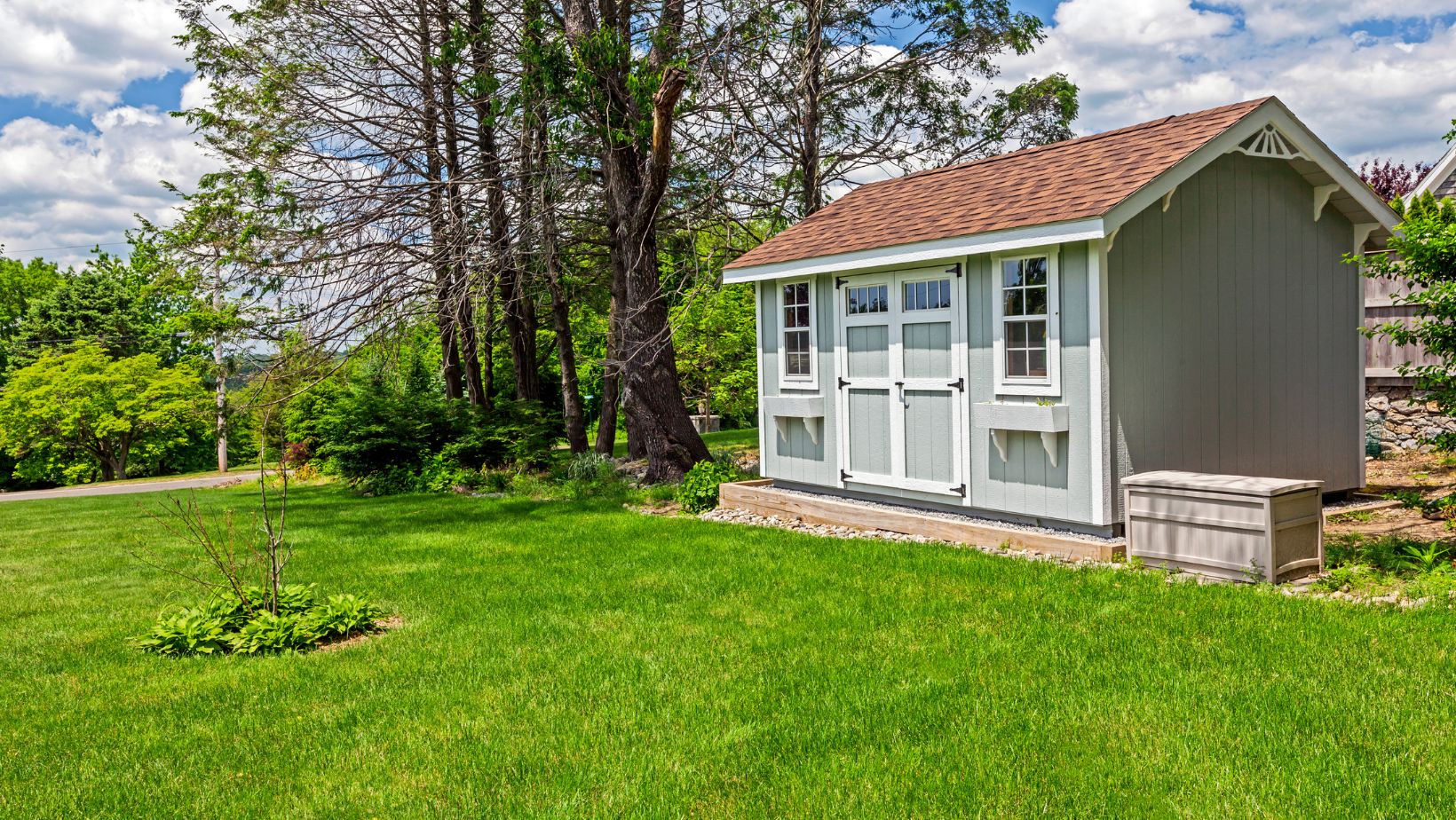
Portable buildings have become increasingly popular in recent years, offering a versatile and cost-effective solution for various needs, from additional storage space to temporary offices and classrooms.
Whether you’re considering portable buildings for sale for personal or business use, it’s essential to understand the basics before purchasing. In this article, we’ll explore the key factors to consider when buying a portable building.
Purpose and Usage
The first step in selecting a portable building is determining its intended purpose. Are you looking for extra storage space, a temporary office, a classroom, or something else? Knowing the primary use will help you narrow your options and make informed decisions about size, layout, and customization.
Size and Dimensions
Size matters when it comes to portable buildings. Consider the space you need and where you plan to place the structure. Portable buildings come in various sizes, so choose one that meets your requirements without overwhelming your property or underutilizing the available space.
Building Materials
Portable buildings are typically constructed using various materials, including wood, steel, aluminum, and composite materials.
Each material has advantages and disadvantages regarding durability, cost, and insulation. Make sure to select a material that suits your climate and budget.
Customization Options
Many portable building manufacturers offer customization options to meet your specific needs. You can choose from various floor plans, window and door placements, insulation types, roofing materials, and exterior finishes. Customizing your portable building ensures that it serves its intended purpose efficiently.
Permits and Regulations
Before purchasing a portable building, it’s essential to research local regulations and permitting requirements. Some areas may need to be more open to the size, location, and use of portable buildings. Check with your local authorities to ensure compliance and avoid potential legal issues.
Foundation and Site Preparation
Portable buildings can be installed on various foundations, including concrete slabs, gravel pads, and piers. Ensure your site is adequately prepared, level, and stable to support the structure. The type of foundation you choose will depend on your specific needs and budget.
Mobility
One of the primary advantages of portable buildings is their mobility. If you anticipate the need to relocate the structure in the future, consider models that are designed for easy disassembly and transportation. Mobility can be crucial for businesses needing to move their offices or classrooms.
Maintenance and Durability
Different materials and construction methods have varying maintenance requirements.
While some portable buildings may require minimal upkeep, others might need more regular care. Assess your willingness and ability to maintain the structure over time.
Budget and Financing
Determine your budget before shopping for a portable building, considering the initial purchase cost and ongoing expenses like maintenance and utilities. If needed, explore financing options and compare quotes from different manufacturers to find the best value for your investment.
Manufacturer Reputation
Choose a reputable manufacturer with a history of producing high-quality portable buildings. Read customer reviews, ask for references, and research the company’s background to ensure you’re dealing with a reliable supplier.
In conclusion, portable buildings offer a versatile and practical solution for many needs. When buying a portable building, you can consider purpose, size, materials, customization options, permits, and budget. With careful planning and research, you’ll find the perfect structure to meet your needs and serve you well for years.









